It was on this day in 1830 that Louis-Philippe, Duc d’Orléans, took power in the wake of the so-called July Revolution that toppled his cousin, Charles X, who had abdicated in favour of his grandson. Charles had intended for Louis-Philippe to rule as regent for the little boy, but the latter had other ideas and raised no objection when the National Assembly offered to make him king in his own right. Departing from tradition, he proclaimed himself Louis-Philippe, King of the French, rather than Louis XIX (or XX, depending on your point of view), King of France.
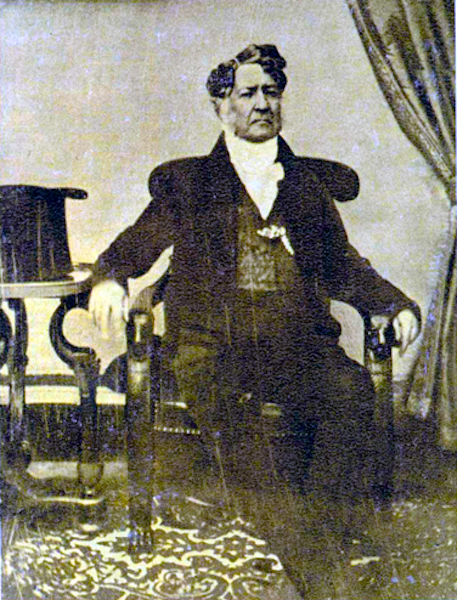
Louis-Philippe as photographed in 1842. Credit: By Lerebours et Claudet – page, image, Public Domain, https://commons.wikimedia.org/w/index.php?curid=8462011
Here at Versailles Century we take a dim view of this wily monarch, mainly because of his ham-handed interventions at Versailles. Three years into his reign, Louis-Philippe decided to undertake a partial restoration of the Château de Versailles and also to create a museum of French history in it. We’ve previously touched on one of his modifications, namely the eponymous staircase in the King’s private apartments.
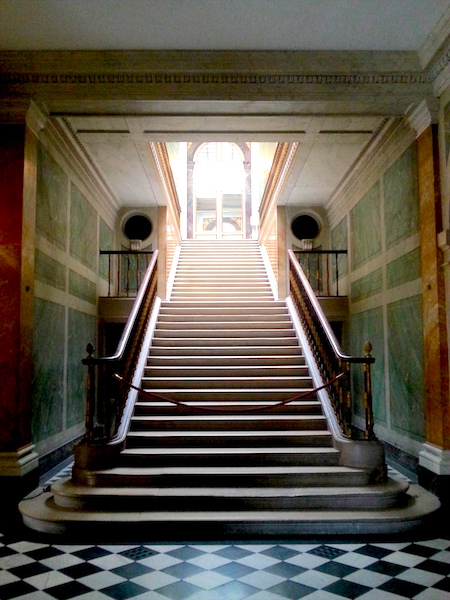
The Louis-Philippe Staircase in March, 2017.
I actually like this staircase, which brings some much-needed light into this part of the Château.
Sadly, however, Louis-Philippe’s other interventions at Versailles amount to desecration. To create his museum, he destroyed all of the former apartments on the 1st floor (2nd if you’re American or Canadian) of the south wing, the Aile du Midi, in order to create the Hall of Battles, but he didn’t stop there.
I quote from Ian Dunlop’s classic study, entitled simply Versailles:
“In so far as Versailles has suffered, it has suffered mostly at the hands of a King, and from the ill-effects of nineteenth century taste. For Louis-Philippe turned the palace of the Bourbons into a museum dedicated ‘to all the glories of France,’ and to make room for his galleries hundreds of the most beautiful eighteenth century interiors were swept away or disfigured. One of the more pointless mutilations was the levelling out of the Cour de Marbre with the Cour Royale, from which it had been previously elevated by five steps, an alteration which ruins the proportions of Le Vau’s façades without serving any very obvious purpose.”
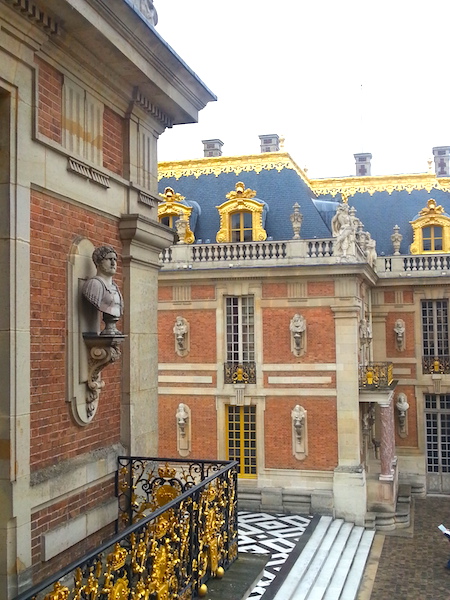
The meeting point of the Cour de Marbre and the Cour Royale photographed in March, 2016. The steps have been restored.
To give credit where it’s due, however, Dunlop goes on to say that “regrettable as his taste may have been, the ‘Bourgeois King’ deserves the indulgence of posterity; he devoted some twenty-four millions of his Civil List to his museum, and thereby saved Versailles from becoming a barracks, a destiny which, for a noble edifice, can only be regarded as a fate worse than death.”
I have to admit that, on the day that I visited in late March, 2016, the Hall of Battles and the other galleries created by Louis-Philippe were packed with visitors. No doubt the French themselves take a kinder view, one that is not narrowly preservationist. As for me, I took only photograph, of David’s famous Sacre de Joséphine.
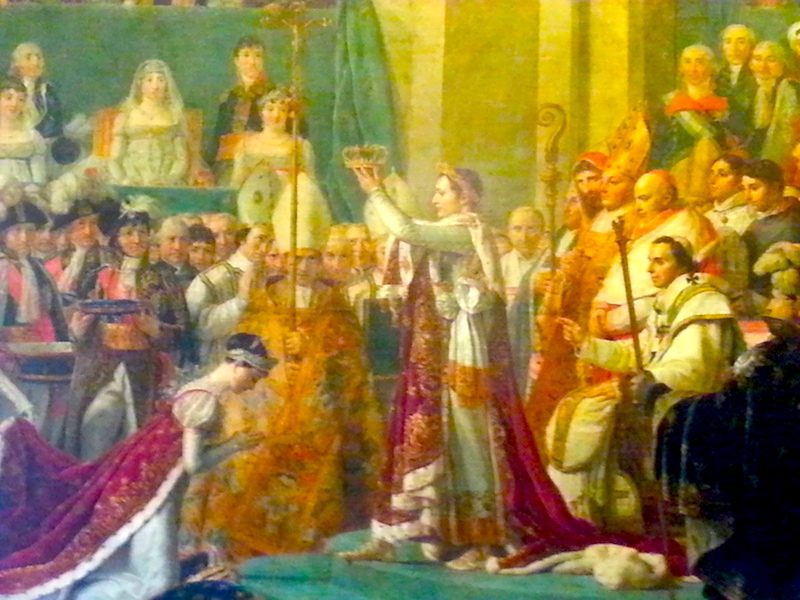
A close-up view of Jacques-Louis David’s monumental rendering of the Empress Josephine’s coronation at the hands of her husband, Napoleon I, in 1804.
Did you know that Versailles Century has a Facebook page, and also an Instagram gallery? Please like and follow!







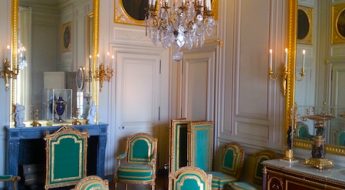
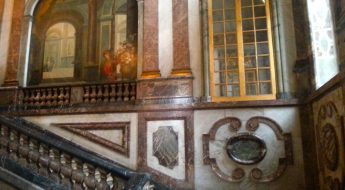
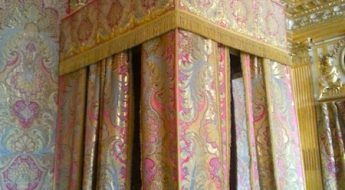








Leave a Comment